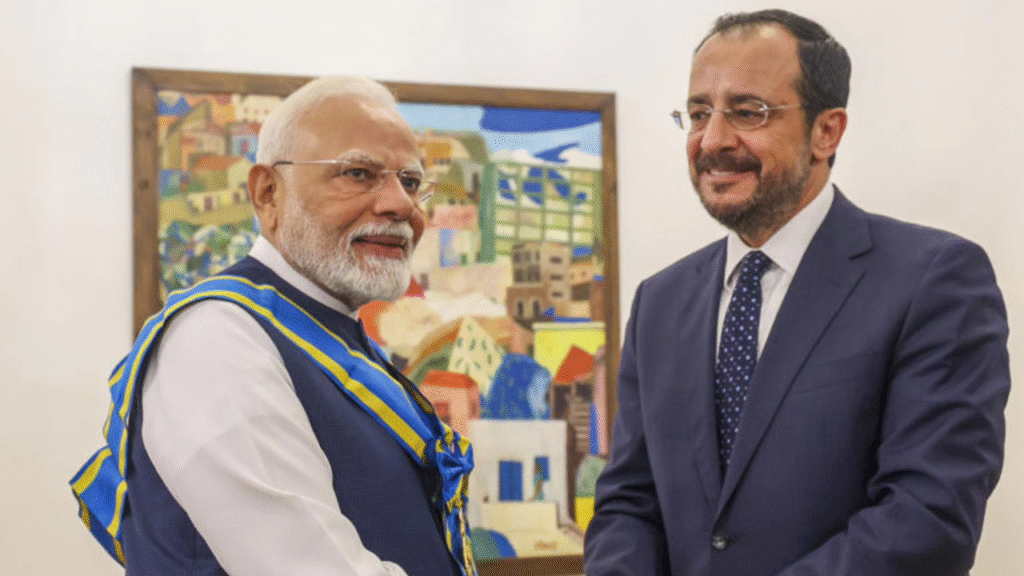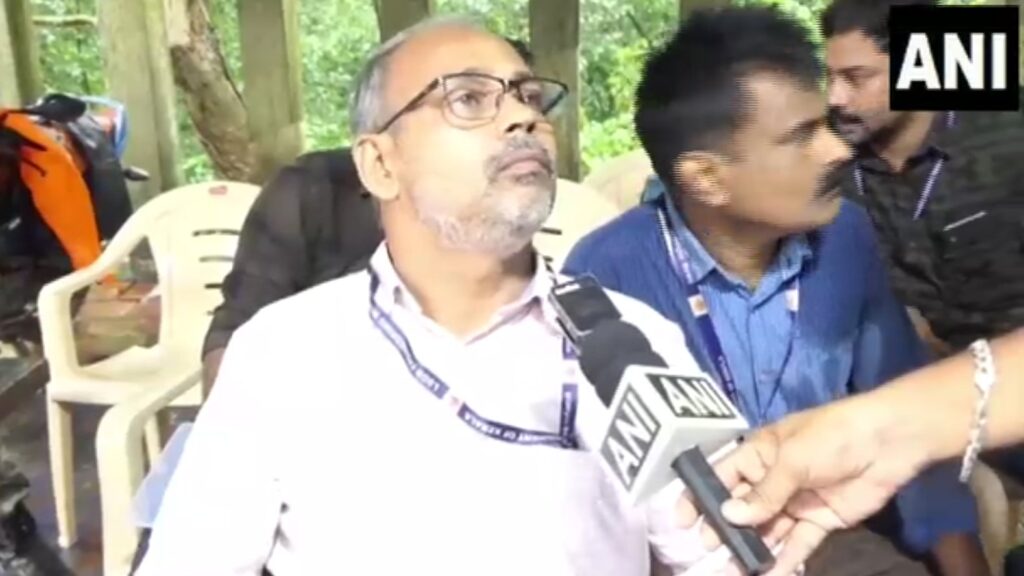Can South Asia really unite without India at the center?
This question resurfaced after Pakistan and China hosted Bangladesh in Kunming in June 2025 to discuss forming a new regional bloc—one that many speculate is designed to replace the now-defunct South Asian Association for Regional Cooperation (SAARC). With India notably absent, some headlines declared this the beginning of a new China-backed alternative to regional cooperation.
But dig deeper, and you’ll find that this proposed bloc is more of a diplomatic signal than a geopolitical threat. India, with its robust regional alliances, strategic autonomy, and cultural influence, remains the gravitational center of South Asia. In fact, many experts argue that New Delhi has outgrown SAARC, and that this new bloc—if it materializes at all—will lack the depth, legitimacy, and cohesion to shift the regional balance of power.
In this explainer, we’ll look at the origins of this proposed grouping, examine its strategic context, assess the current developments, and understand why India has no reason to worry.
SAARC’s Collapse, China’s Opportunism, and Pakistan’s Desperation Explained

SAARC was launched in 1985 to promote regional integration in South Asia. Its founding members included India, Pakistan, Bangladesh, Nepal, Bhutan, Maldives, Sri Lanka, and later Afghanistan. While it showed early promise, SAARC has effectively been dead since 2014. The 2016 Islamabad summit was boycotted by India following the Uri terror attack, leading to a complete diplomatic freeze.
This vacuum has long frustrated Pakistan, which accuses India of “paralysing” SAARC to marginalize Islamabad’s regional relevance. Enter China, which, while never a member of SAARC, has deep economic footprints across South Asia—particularly in Pakistan (via CPEC) and Bangladesh.
On June 19, 2025, China hosted Pakistan and Bangladesh in Kunming to discuss “regional connectivity and development cooperation.” Sources suggest the talks included a proposal to form a new regional alliance, aimed at replacing or bypassing SAARC. India was not invited—but is expected to be extended an invitation later, more as optics than earnest diplomacy.
Why the China-Pakistan Bloc Lacks Economic Weight, Legitimacy, and Traction
- India’s Shift Toward Functional Alliances
While SAARC stumbled, India has already invested heavily in more functional, forward-moving alliances like:
- BIMSTEC (Bay of Bengal Initiative) – which excludes Pakistan and focuses on trade, security, and connectivity.
- SCO (Shanghai Cooperation Organisation) – where India engages with Central Asia and China multilaterally.
- QUAD and I2U2 – where India is aligned with the US, Japan, Australia, and West Asian powers.
These platforms have allowed India to expand its influence beyond South Asia and ensure economic and diplomatic leverage with or without Pakistan.
- China’s Growing But Conditional Influence
China is now South Asia’s largest creditor, builder, and investor. But its influence is largely transactional—based on loans, infrastructure, and market access. It lacks the soft power and cultural bonds that India enjoys with neighbors like Nepal, Bhutan, Bangladesh, and Sri Lanka.
Moreover, many of China’s projects (like CPEC) are seen as debt traps or sovereignty threats. Bangladesh, for instance, has accepted Chinese investment but maintains strong economic, cultural, and diplomatic ties with India.
- Pakistan’s Geopolitical Isolation
Pakistan sees this bloc as a chance to re-enter regional leadership, but it forgets that its own instability, debt crisis, and diplomatic baggage limit its appeal. Most South Asian countries are wary of joining any initiative that seems like a China-Pakistan power play, especially when India is offering developmental, technological, and humanitarian cooperation without strings.
India Builds Real Partnerships While Beijing and Islamabad Play Geopolitical Games

As of now, the proposed China-Pakistan bloc has no official name, charter, or endorsement from other SAARC members. Countries like Nepal, Maldives, and Sri Lanka have not expressed interest, and Afghanistan’s participation is unlikely given its internal turmoil.
India, on the other hand, remains strategically calm. Officials have stated that New Delhi will not participate in any China-led grouping that undermines Indian sovereignty or regional balance.
Instead, India is focused on:
- Strengthening BIMSTEC as a functional alternative to SAARC.
- Expanding defense and digital diplomacy with ASEAN, QUAD, and African nations.
- Leading vaccine diplomacy, disaster relief, and tech partnerships—where India has outperformed China in South Asia.
Unlike the optics of bloc-building, these are real deliverables that cement India’s place as a responsible, reliable regional leader.
The idea of a new bloc minus India may please China and Pakistan diplomatically, but it’s unlikely to deliver meaningful integration. Without India:
- There’s no economic center—India is the largest economy and market in South Asia.
- There’s no strategic legitimacy—most nations won’t join a bloc that looks like an anti-India alliance.
- There’s no cultural or historical bonding—which India has through shared language, religion, and diaspora.
In contrast, India continues to build regional trust through soft power, digital infrastructure, education access, and people-to-people ties. Its tech stack (Aadhaar, UPI, CoWIN) is being exported to neighbors. Its vaccines reached them before China’s. Its disaster response is faster and more transparent.
China and Pakistan’s attempt to form a new bloc may look like a game-changer—but it’s mostly symbolic. India isn’t just ignoring it—it’s outgrowing it. With strong economic ties, credible diplomacy, and trusted leadership across Asia, India is already setting the standard for 21st-century regionalism. A China-led bloc without Indian participation will remain a talk shop with no traction. India doesn’t need to join every table—it’s building its own.





















